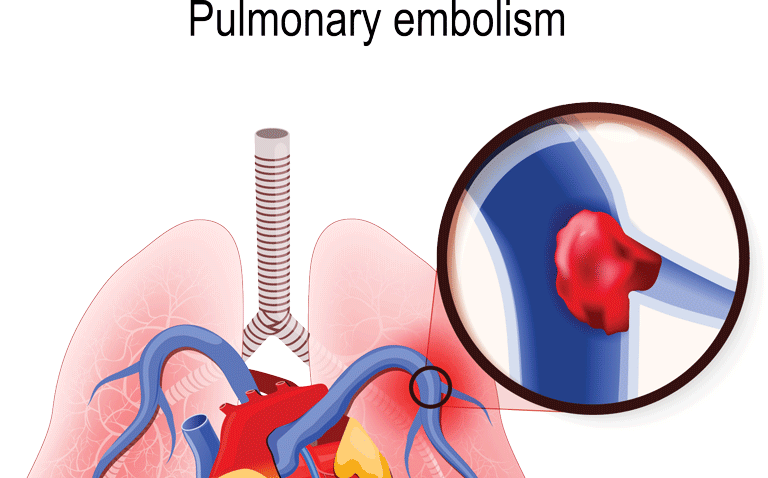National early warning score (NEWS) adequately predicts deterioration of pulmonary embolism patients when compared to current scoring systems
The use of NEWS provides a similar prediction of 7-day intensive care unit (ICU) admission and 30-day mortality in patients with an acute pulmonary embolism when compared to both the pulmonary embolism severity index (PESI) and the simplified PESI according to the findings of a study by Dutch researchers.
The national early warning score (NEWS) is designed to identify patients at risk of clinical deterioration and hence allow staff to implement an intervention that will benefit the patient. In fact, the use of NEWS has been found to have a greater ability to discriminate between patients at risk of the combined outcome of cardiac arrest, unanticipated ICU admission or death within 24h of obtaining a NEWS value. The score incorporates six physiological measurements: respiratory rate; oxygen saturation; temperature; systolic blood pressure; heart rate and level of consciousness such that higher scores indicate a greater the clinical risk. Currently, patients with an acute pulmonary embolism (PE) require prognostic assessment since the course of recovery can rapidly deteriorate due to haemodynamic instability. The Pulmonary Embolism Severity Index (PESI) accurately classifies PE patients into five risk classes with increasing mortality although a simplified PESI has been developed with similar prognostic accuracy and clinical utility, but greater ease of use compared with the original PESI. But whether NEWS be used instead of either the PESI or simplified PESI as a single prognostic score for patients who present with an acute PE is uncertain and was examined in the current study.
Using data from the YEARS study undertaken in patients with a suspected acute PE, the researchers made use of information collected to calculate a NEWS, PESI and simplified PESI score. They used all-cause ICU admission within 7-days of presentation and 30-day all-cause mortality as the two outcomes of interest and evaluated each of the three tools based on the area under the receiver operating curves (AUC).
NEWS and pulmonary embolism outcomes
A total of 352 patients with a mean age of 59 years (53% female) presented with an acute PE and were included in the analysis. Among the entire cohort, 3.4% of patients were admitted to an ICU and 1.4% died.
The AUC for predicting 7-day ICU admission using NEWS was 0.80 (95% CI 0.66 – 0.94) and 0.92 (95% CI 0.82 – 1.00) for 30-day mortality. With PESI, the AUC for ICU admission was 0.64 and 0.94 for mortality. Finally, with the simplified PESI, the ICU admission AUC was 0.68 and 0.77 for 30-day mortality.
The authors concluded that NEWS was able to better predict both 7-day ICU admission than either of the current tools and provided a similar 30-day mortality prediction to PESI, but which was better than the simplified PESI, highlighting the potential relevance for clinical practice.
Citation
Bavalia R et al. Use of the National Early Warning Score for predicting deterioration of patients with acute pulmonary embolism: a post-hoc analysis of the YEARS Study. Emerg Med J 2022










